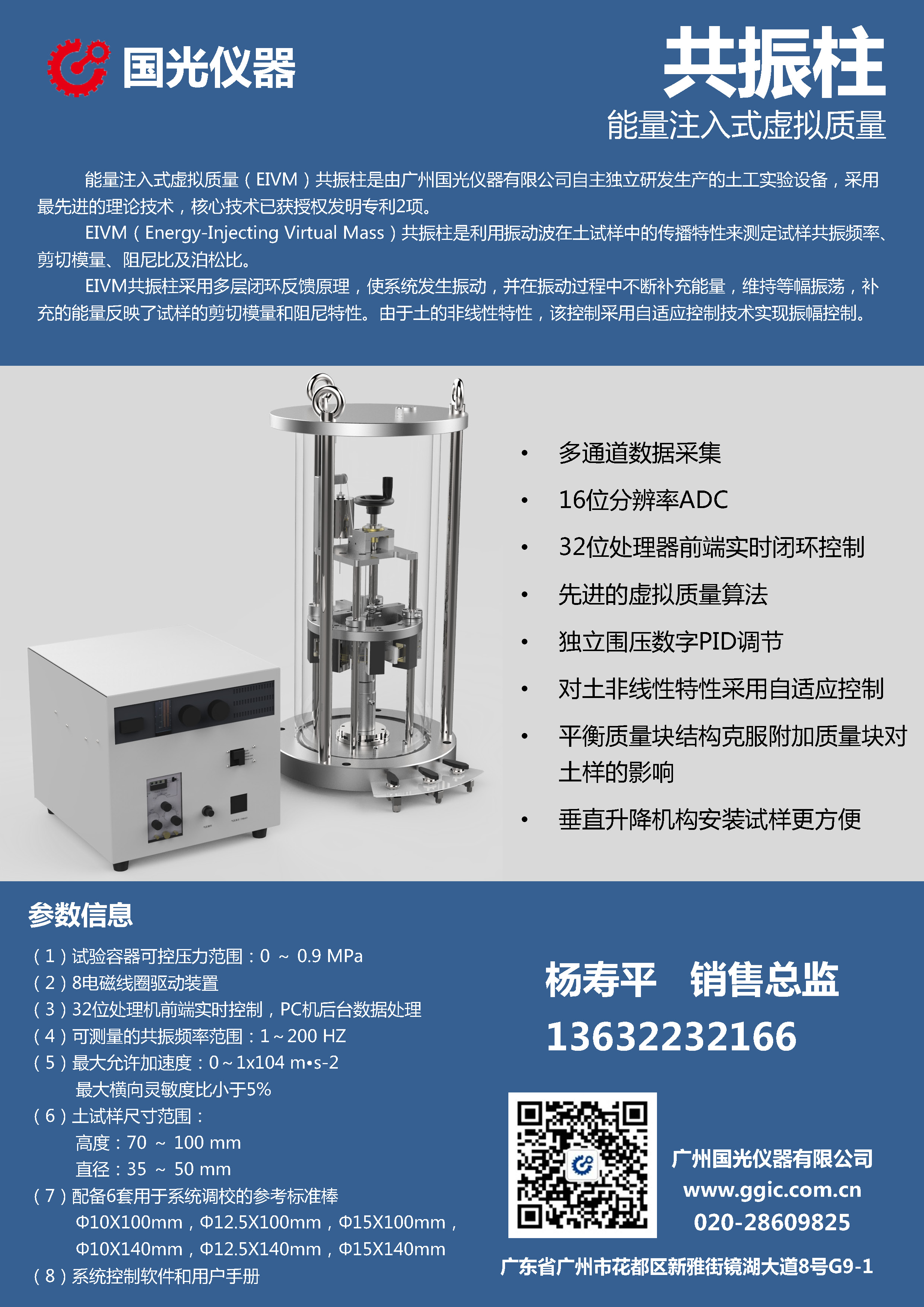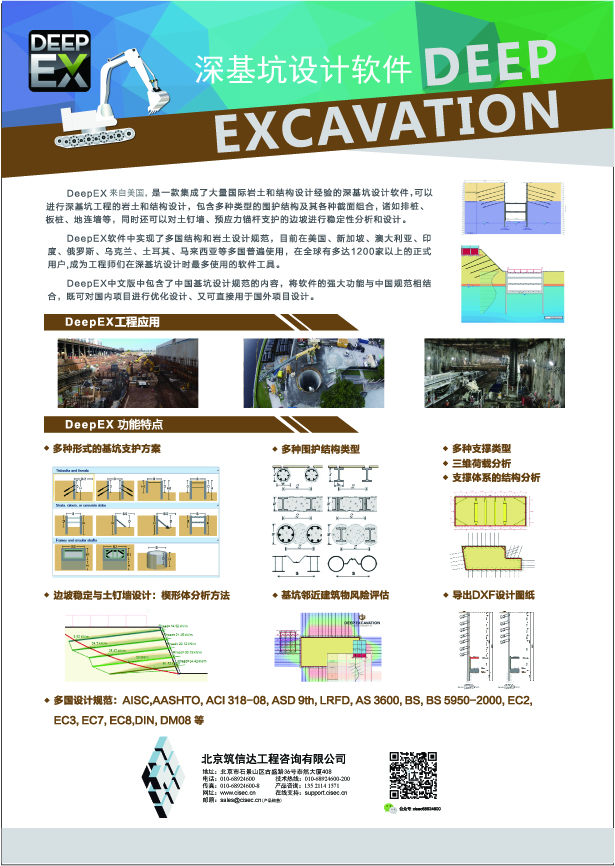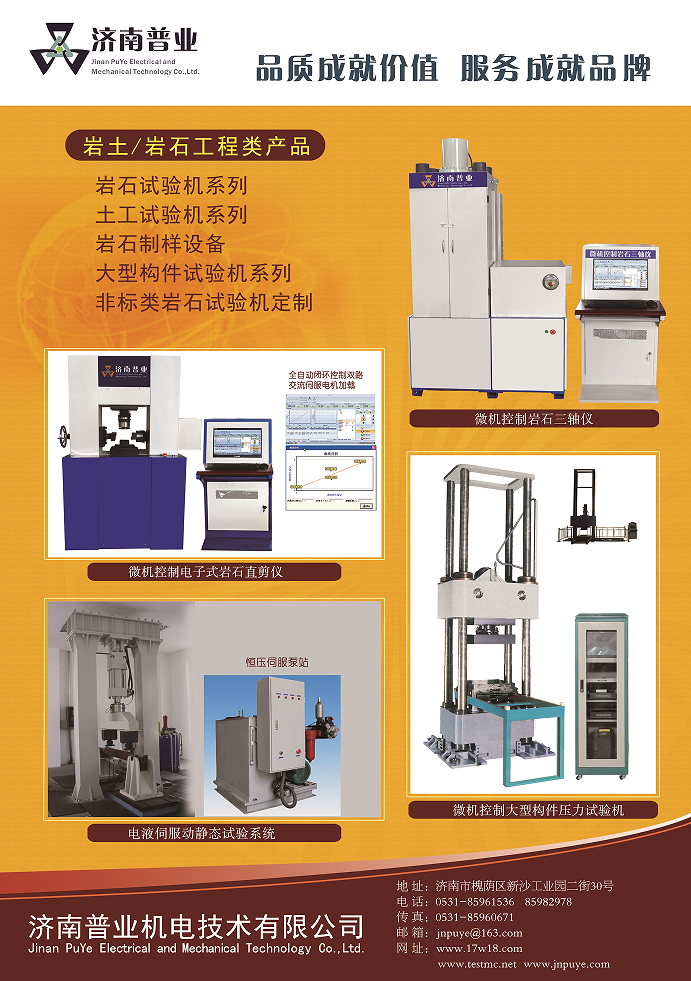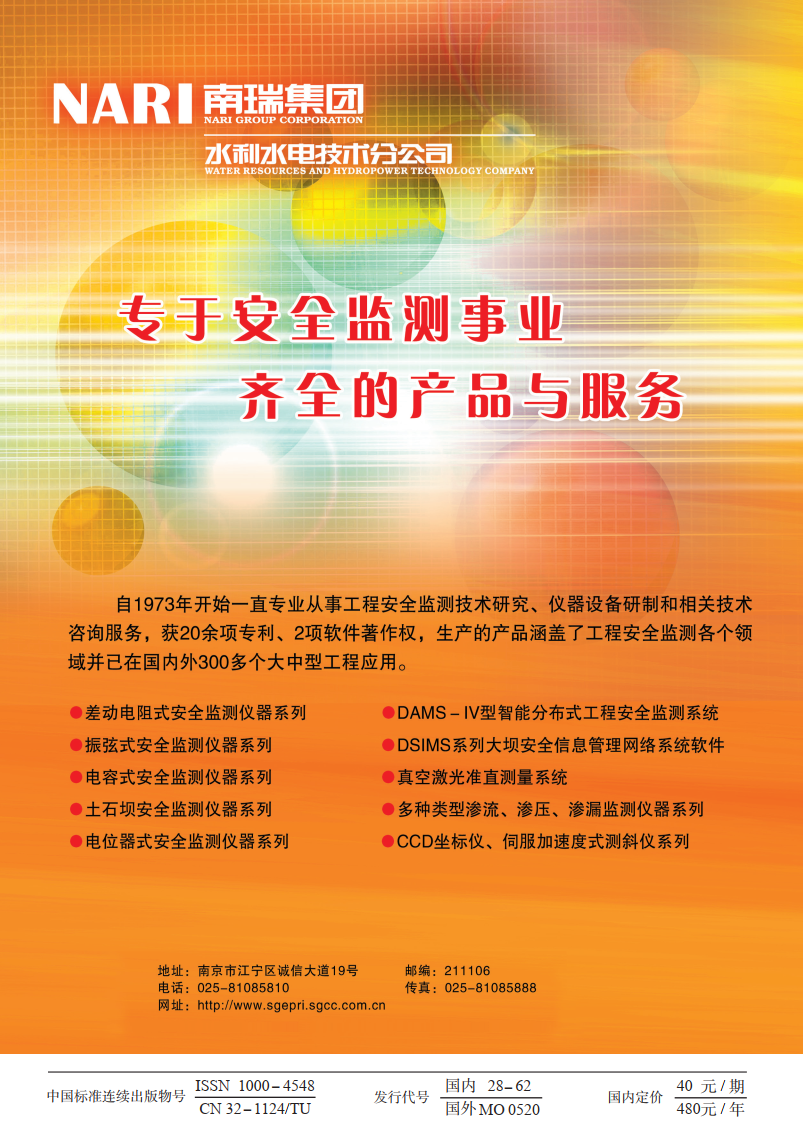| [1] |
汪国烈. 甘肃省大厚度湿陷性黄土场地工程处理措施暂行 规定[S]. 兰州: 甘肃省土木建筑学会,甘肃省建设科技专 家委员会, 2008. (WANG Guo-lie. Provisional regulations of engineering measure at site with a large depth loess in Gansu Province[S]. Lanzhou: The Civil and Architecture Society in Gansu Province, The Scientific Expert Committee of Civil and Architecture in Gansu Province, 2008. (in Chinese))
|
| [2] |
姚志华. 关于黄土湿陷性评价和剩余湿陷量的新认识[J]. 岩土力学, 2014, 35(4): 998–1006. (YAO Zhi-hua. New recognition of collapsibility evaluation andremnant collapse of loess[J]. Rock and Soil Mechanics, 2014, 35(4): 998– 1006. (in Chinese))
|
| [3] |
GB 50025—2004 湿陷性黄土地区建筑规范[S]. 2004. (GB 50025—2004 Code for building construction in collapsible loess regions[S]. 2004. (in Chinese))
|
| [4] |
罗宇生. 湿陷性黄土地基的评价方法[J]. 岩土工程学报, 1998, 20(4): 87-91. (LUO Yu-sheng. Assessment of collapsibility of collapsible loess foundation[J]. Chinese Journal of Geotechnical Engineering, 1998, 20(4): 87–91. (in Chinese))
|
| [5] |
黄雪峰. 大厚度自重湿陷性黄土的湿陷变形特征、地基处 理方法和桩基承载性状研究[D]. 重庆: 后勤工程学院, 2007. (HUANG Xue-feng. Collapse deformation characteristics, foundation treatment method and pile bearing capacity behavior of large thickness self-weight collapsible loess strata site[D]. Chongqing: Logistical Engineering University, 2007. (in Chinese))
|
| [6] |
钱鸿缙, 涂光祉. 关中地区黄土的湿陷变形[J]. 土木工程 学报, 1997, 30(3): 49–54. (QIAN Hong-jin, TU Guang-zhi. Experimental study on collapsible deformation of loess foundation in Guanzhong Region of Shaanxi in China[J]. China Civil Engineering Journal, 1997, 30(3): 49–54. (in Chinese))
|
| [7] |
李大展, 何颐华, 隋国秀. Q2 黄土大面积浸水试验研究[J]. 岩土工程学报, 1993, 15(2): 1–11. (LI Da-zhan, HE Yi-hua, SUI Guo-xiu. Study and test on large area immersion of Q2 loess[J]. Chinese Journal of Geotechnical Engineering, 1993, 15(2): 1–11. (in Chinese))
|
| [8] |
黄雪峰, 陈正汉, 哈双, 等. 大厚度自重湿陷性黄土场地湿陷变形特征的大型现场浸水试验研究[J]. 岩土工程学报, 2006, 28(3): 382- 389. (HUANG Xue-feng, CHEN Zheng-han, HA Shuang, et al. Large area field immersion tests on characteristics of deformation of self-weight collapsible loess under overburden pressure[J]. Chinese Journal of Geotechnical Engineering, 2006, 28(3): 382–389. (in Chinese))
|
| [9] |
丁文士. 现场实测黄土自重湿陷变形量与室内试验湿陷量 的相关分析[J]. 工程勘察, 1981(4): 19-20. (DING Wen-shi. Analysis on self-weight collapse deformation of loess between field and indoor tests[J]. Geotechnical Investigation and Surveying, 1981(4): 19–20. (in Chinese))
|
| [10] |
中铁西北科学研究院有限公司. 郑西客运专线湿陷性黄 土路基关键技术研究: 湿陷性黄土地基工程特性及设计参 数研究总报告[R]. 西安: 中铁西北科学研究院有限公司, 2009. (Northwest Research Institute Co Ltd of CREC. General report on engineering characteristics and design parameters of collapsible loess foundation on study of key techniques for collapsible loess road foundation of Zhengzhou-Xi'an passenger dedicated line[R]. Xi'an: Northwest Research Institute Co Ltd of CREC, 2009. (in Chinese))
|
| [11] |
姚志华, 黄雪峰, 陈正汉, 等. 兰州地区大厚度自重湿陷 性黄土场地浸水试验综合观测研究[J]. 岩土工程学报, 2012, 34(1): 65–74. (YAO Zhi-hua, HUANG Xue-feng, CHEN Zheng-han, et al. Comprehensive soaking tests on self-weight collapse loess with heavy section in Lanzhou region[J]. Chinese Journal of Geotechnical Engineering, 2012, 34(1): 65–74. (in Chinese))
|
| [12] |
姚志华. 大厚度自重湿陷性黄土的水气运移和力学特性 及地基湿陷变形规律研究[D]. 重庆: 后勤工程学院, 2012. (YAO Zhi-hua. Water-air migration, mechanics characteristics and foundation collapse deformation of selfweight collapse loess with large thickness loess strata[D]. Chongqing: Logistics Engineering College, 2012. (in Chinese))
|
| [13] |
机械工业勘察设计研究院. 西安财经学院新校区一期工 程湿陷性黄土场地现场试坑浸水试验报告[R]. 西安: 机 械工业勘察设计研究院, 2004. (China Jikan Institute of Engineering Investigations and Design. Report on soaking test of collapsible loess site of the first phase of the new campus of Xi'an Institute of Finance and Economics[R]. Xi'an: China Jikan Institute of Engineering Investigations and Design, 2004. (in Chinese))
|
| [14] |
机械工业勘察设计研究院. 西安市地铁五号线月登阁试 坑浸水试验报告[R]. 西安: 机械工业勘察设计研究院, 2014. (China Jikan Institute of Engineering Investigations and Design. Report on soaking test of Yuedengge site in Xi'an Metro Line 5[R]. Xi'an: China Jikan Institute of Engineering Investigations and Design, 2014. (in Chinese))
|
| [15] |
西安岩土工程新技术开发公司. 西安市地铁临潼线一期 工程芷阳村试坑浸水试验报告[R]. 西安: 西安岩土工程 新技术开发公司, 2014. (Xi'an Geotechnical Engineering New Technology Development Company. Report on immersion test of Zhiyang Village in the first phase engineering of Lintong Line of Xi 'an Metro[R]. Xi'an: Xi'an Geotechnical Engineering New Technology Development Company, 2014. (in Chinese))
|
| [16] |
西安市地下铁道有限责任公司. 西安地铁穿越湿陷性黄 土工程性质及应对措施研究成果报告[R]. 西安: 西安市 地下铁道有限责任公司, 2013. (Xi'an Metro Co Ltd. The research report on engineering behaviors and measures of tunnel passing collapsible loess strata in Xi 'an Metro[R]. Xi'an: Xi'an Metro Co Ltd, 2013. (in Chinese))
|
| [17] |
机械工业勘察设计研究院. 宁夏宁东镇湿陷性黄土试坑 浸水试验报告[R]. 西安: 机械工业勘察设计研究院, 2013. (China Jikan Institute of Engineering Investigations and Design. Report on immersion test in Ningdong town in Ningxia[R]. Xi'an: China Jikan Institute of Engineering Investigations and Design, 2013. (in Chinese))
|
| [18] |
刘保健. 公路路基沉降过程试验与理论分析[D]. 西安: 西安理工大学, 2005. (LIU Bao-jian. Test and theoretical analysis on the process of settlement of highway subgrade[D]. Xi'an: Xi'an University of Technology, 2005. (in Chinese))
|
| [19] |
中国有色金属工业总公司西安勘察设计研究院. 西安市 地铁临潼线一期工程灞桥赵东村试坑浸水试验报告[R]. 西安: 中国有色金属工业总公司西安勘察设计研究院, 2014. (Xi'an Engineering Investigation and Design Institute in China Nonferrous Metals Industry Corporation. Report on immersion test in Zhaodong Village of the first phase of Lintong Line engineering in Xi 'an Metro[R]. Xi'an: Xi'an Engineering Investigation and Design Institute in China Nonferrous Metals Industry Corporation, 2014. (in Chinese))
|
| [20] |
黄雪峰. 湿陷性黄土现场浸水试验研究进展[J]. 岩土力学, 2013, 34(2): 222-228. (HUANG Xue-feng. A study progress on in-situ soaking test on collapsible loess[J]. Rock and Soil Mechanics, 2013, 34(2): 222–228. (in Chinese)) .
|








 下载:
下载:
